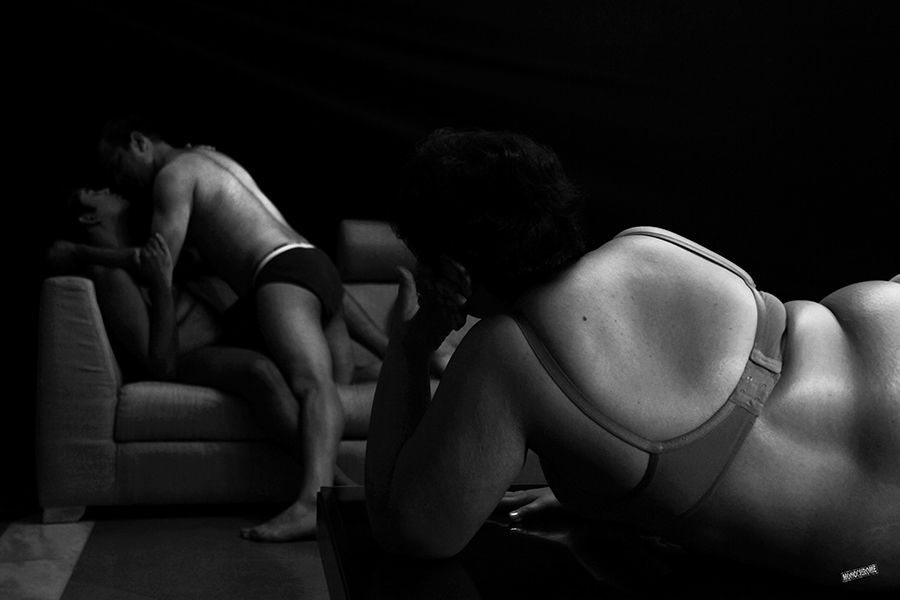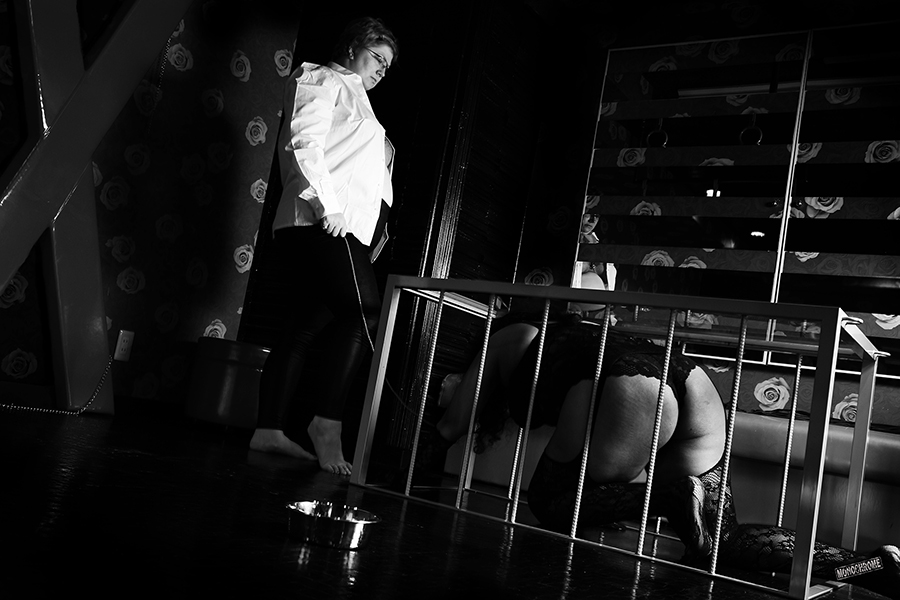The other day a friend (the latest term to define whom would be queer ally but why do we need to pin down every form of articulation is perhaps an idea for another piece) was telling me that having shunned marriage and having lived in with her partner for almost a decade now, she feels her relationship is more invisibilised than homosexual partnerships even though her live-in relationship also goes against the norm. At every moment, be it at a family gathering or an office event, she is referred to as a ‘single woman’, that always negates her articulation of intimacy. Besides this, are the questions of who gets to become the legal heir, nominee, what happens when one partner dies, how the respective biological families perceive this partnership and a host of other issues. Yet, if by queerness, we indeed mean staging a resistance to hetero-normativity, why do our queer movements mostly speak of homosexual monogamous love and not much beyond?
All through the year, cities across India stage pride parades that boldly proclaim “Love is not a crime”. Poster after poster highlights how two people loving each other, being faithful to each other cannot be criminals. Homosexuality is supposed to be as good as heterosexuality. This gives a benign sheen to the movement and it becomes palatable to the media. No wonder, post the Section 377 verdict by the Supreme Court in India, the queer movement has received such unprecedented support from the mainstream. But how is all this queer, if acceptance of homosexual coupledom is all we aspire for? And to add to that is the class, caste dimension of such acceptance. Even as working class transgender sex workers get shut out of city scapes with the concerted effort at sanitizing cruising spaces across India, our Prides swell with public support for love (and sex in private)!
Within such a setting, when a calendar ‘comes out’, proudly proclaiming itself as showcasing queer erotica, it is an event you cannot not take note of. Colours of Love: In Monochrome is a calendar book made by photographer Archan Mukherjee (doctor by profession) and lawyer Kaushik Gupta (photographer by passion). Archan has been making this calendar over the last 2 years. His first production was about imagining queer love in colonial Bengal (2014), the second was about challenging gender norms (2015). This year Kaushik joins him for the 2016 book. Kink, fetishism, voyeurism, intimate portrayals of couples lovemaking… there are a broad range of images shot in home spaces using both natural and artificial light.
The photographers note that though Section 377 of the Indian Penal Code criminalises only sexual acts (anything other than peno-vaginal penetration), the judgment is popularly perceived as ‘anti-gay’. So they see their work as an intervention celebrating all that is criminal as per Law, namely sex! However, what is most interesting about this photo project is that it pushes the envelope around conversations about sexuality. Just as sexuality is not only about relationships and companionship, much as our queer movements would have us believe, sexuality is also not just about sex. The images in this book go beyond the paradigms of fucking, sexual positions and foreplay to explore the realms of fantasy, role play, touch, pleasure and pain (not as binaries but as intimately enmeshed in each other) to create a sexual field in which possibilities are ever produced and realized. Given the fraught nature of the theme, a black and white tone was partly a technical choice to help tone down nudity and blur faces. However what it ends up producing are layers of meanings that can be read into the images. For example, the image of a woman watching two men fuck could be a Roald Dahl short story (think of the Switch Bitch collection of short stories, may be!) or the one with the goose bumps on the belly as the Wartenberg Wheel rolls on it produces erotic registers that are very sexy yet sparse (and therefore brimming all the more with possibilities), an effect that could perhaps not be produced had the images been in colour.
Another important dimension to the calendar is the way it addresses BDSM and kink. Conversations around BDSM and kink have so far been limited to online communities in India. So this calendar which also has images of domination and bondage could help open up conversations around a sexual subculture that really threatens the notions around sexual propriety. Yet, the queer communities have not responded to this project. No form of engagement, be it rejection or acceptance or anything in between has been forthcoming so far. Had public conversations been triggered, notions of violation versus violence, power structures in role play and how gender operates through it, social construction of consent versus agency could be questions that could be rigorously debated. But then, at a time when anti 377 petitions are rolling around and the dubious Shashi Tharoor is suddenly being seen as a gay champion, this calendar really ends up shoring up the idea of sexual dissidence, not really sitting well with the we-are-also-human brigade. So the silence around the calendar is indeed predictable. Yet, why is it not possible to even break this binary? Why is it not possible to seek both legal approval as well as to try literally and metaphorically fuck up the status quo? Too queer, is it?
The calendar comes in a sleek black envelope with a label marked ‘A’, creating the kitschy feel of entering a cinema that shows pulpy soft porn. The humour is tongue in cheek but the subtitle ‘18+ only’ is trying too hard, it seems! This superfluity of text is noticed at the end of the calendar too where we are greeted by an oft repeated and therefore somewhat jaded quote from Nietzsche about the impossibility of any one right way from Thus Spake Zarathustra. Then, there is a short paragraph about how anything is possible consensually. Also, it is stated that just as today is the realization of a dream one had in the past, today is also a dream that many will have realized in the future, clearly envisioning a future when what is sexually dissident now (bondage, fetishism and so on) will be perfectly acceptable at some point. This utterly redundant and clunky text somewhat mars the visual richness of the calendar. It is also somewhat of a contradiction. If the calendar is indeed queer erotica and surely it is, refusing to give primacy to any one form of sexual articulation and continuously unpacking norms, the text ends up craving for acceptance by the mainstream. This is an effect totally undesirable. Perhaps the photographers could think of doing away with text altogether and allow their images to breathe. Or if text is indeed required, then it should be such that works at broadening possibilities created by the images and not containing them!
To sign off with a cliché, images do speak a thousand words! So forget the text and go for your copy of this delightfully disturbing piece of art! Order your copy at coloursoflove2016@gmail.com.
- Sexing up Sexuality! - December 31, 2015





